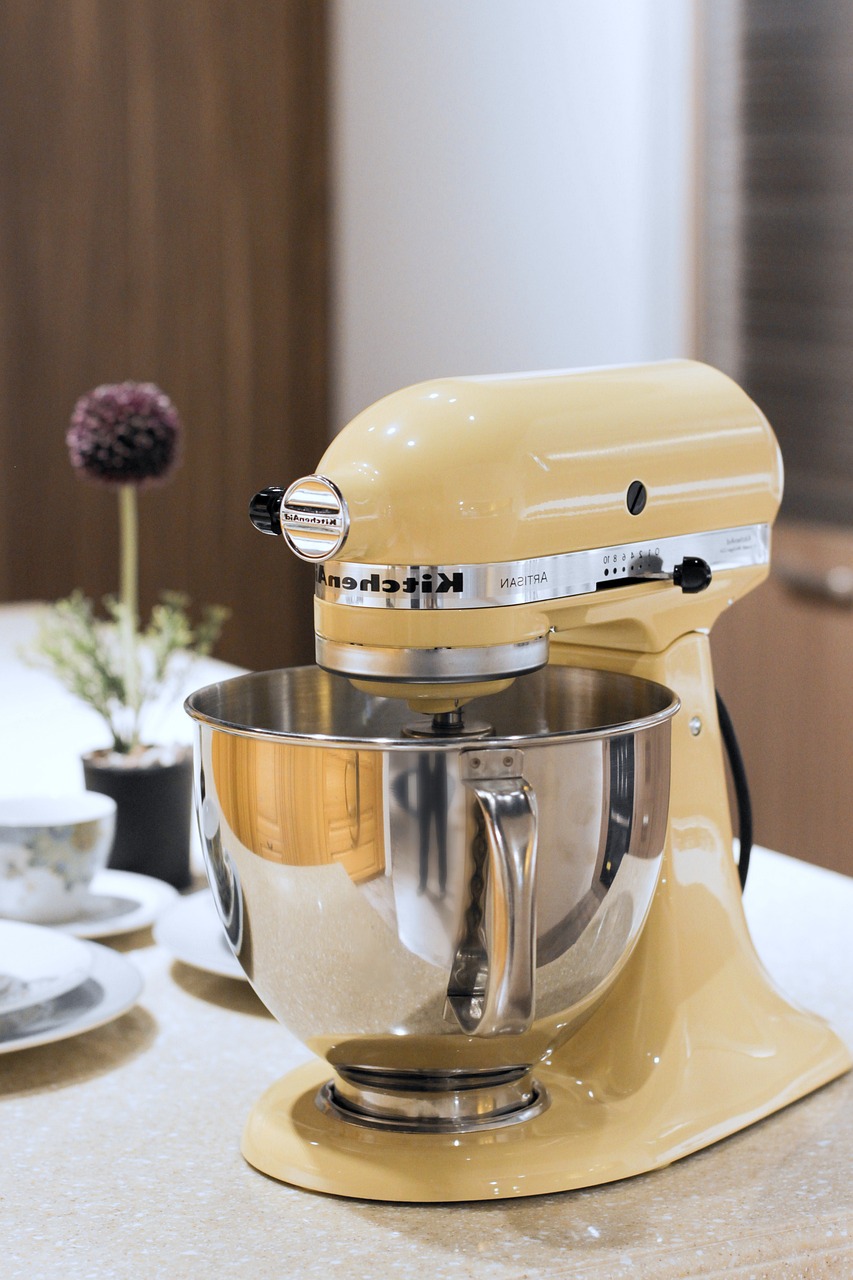1. Always Use Room Temperature Ingredients
One of the most important “secrets” in baking is to use ingredients like butter, eggs, and milk at room temperature. This helps them blend more easily and results in a smoother batter and better texture in the final product.
2. Measure Ingredients Accurately
Baking, as a science, is precise, and using a kitchen scale to measure ingredients ensures you add the exact amount needed. If you don’t have a scale and you want to take baking seriously, is time to go grab one. It’s is the best way to work with accuracy, and you’ll be able to adjust ingredients more easily in the future.
3. Don’t Overmix Your Batter
Mixing too much once the flour has been added can develop the gluten present in the flour, making your baked goods full of holes, tough, dense or all of the above. Mix the flour with a circular motion, and just until ingredients are combined, especially when making cakes, muffins, or pancakes.
4. Preheat Your Oven
Always preheat your oven before baking for at least 15-20 minutes, specially if you are baking in a conventional home oven. Putting your cake or bread into an oven that’s not fully heated can affect the rise and texture of your baked goods. If you are not sure your oven is reaching the desired temperature it might be time to buy an oven thermometer.
5. Use Fresh Leavening Agents
Baking powder and baking soda lose their potency over time. To test if they’re still good, add a teaspoon of baking powder to hot water—if it bubbles vigorously, it’s fresh. Replace old leavening agents to ensure your baked goods rise correctly.
6. Don’t Open the Oven Door Too Often
Opening the oven door lets out hot air and bring cold air in, and that can cause your baked goods to collapse in the oven. Use the oven light and window to check on your baking instead of opening the door frequently.
7. Use the Right Pan Size
Using the correct pan size ensures even baking. A smaller pan can make your batter too thick and undercooked in the middle, while a larger pan can make it dry out. Always follow the recipe’s pan size recommendation.
8. Cool Your Baked Goods Properly
Cooling on a wire rack allows air to circulate and prevents sogginess. For items like cakes, cool in the pan for a few minutes, and then then transfer them to a rack to cool a bit until you are able to handle and wrap in plastic and store.
9. Add a Pinch of Salt
Salt enhances flavor and balances sweetness in baked goods. Even sweet desserts need a touch of salt to bring out their full flavor.
10. Practice Patience
Some recipes require long resting or chilling, which is benefitial for the final product. In some recipes a resting period allows the gluten to relax, in others help the flavors develop resulting in better texture and taste.
By incorporating these ten baking secrets into your routine, you’ll be well on your way to baking delicious, consistent, and impressive treats every time. Happy baking!

